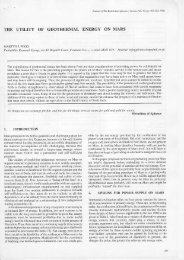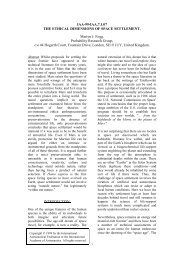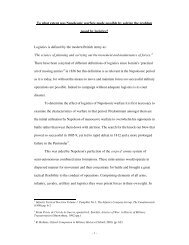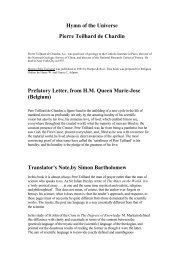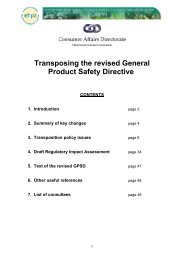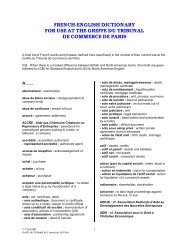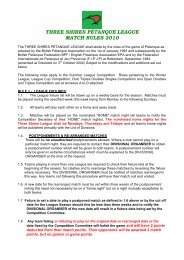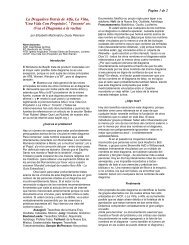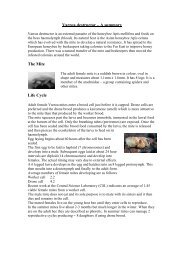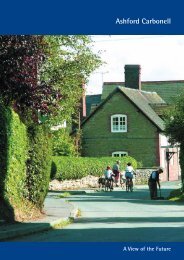Tibetan Herbal Medicine Core Curriculum [PDF]
Tibetan Herbal Medicine Core Curriculum [PDF]
Tibetan Herbal Medicine Core Curriculum [PDF]
Create successful ePaper yourself
Turn your PDF publications into a flip-book with our unique Google optimized e-Paper software.
Pharmacy and Clinical training are covered in separate modules in the EHPA core<br />
curriculum and will be provided in those contexts. Pharmacy training will prepare the<br />
student to recognise the various materia medica, understand the different qualities of<br />
plants of the same species growing in different environments, know when materia<br />
medica are collected according to their destined purpose, how the materia medica are<br />
collected in order to best preserve their properties, how they are transported and stored,<br />
and understand the proper processing and preparation of the medicinal compounds<br />
according to the established rules and formulas. Traditional <strong>Tibetan</strong> Medical practitioners<br />
and manufacturers are aware of Good Manufacturing Practice and are moving swiftly to<br />
make GMP the standard for all herbal remedies used. They are similarly aware of the<br />
need to have Government certified GMP(CGMP), in manufacturing and importing<br />
businesses handling and manufacturing such remedies.<br />
Traditionally, TTM trainees would be immersed in a clinical environment throughout their<br />
training. In order to emulate this as far as possible, students are to be encouraged to use<br />
every opportunity to observe medical practice from the start.<br />
MEANS OF ASSESSMENT<br />
STUDY<br />
The principal means of assessment should be by written and oral examination.<br />
Educational institutions should endeavour to formulate these exams so as to prioritise<br />
understanding of principles, rather than simple memorisation. Nonetheless, it has been<br />
traditional to learn certain parts of the main rgyud bzhi text by heart, as the knowledge<br />
contained should be at the practitioner's fingertips at all times, being the very essence of<br />
the theory. In view of this, institutions should carefully consider the weighting to be<br />
given to this aspect.<br />
MATERIA MEDICA recognition and PHARMACY training<br />
This will be primarily subject to continued assessment during field trips and laboratory<br />
visits, with spot checks on field trips leading to points being subtracted from an overall<br />
total for wrong answers given. Written and oral examination on materia medica forms<br />
part of the general examination on study (above).<br />
CLINICAL PRACTICE<br />
Competence will be judged by continuous assessment by supervising physicians during<br />
clinical training. This will require the supervising physicians to maintain a record of<br />
diagnoses offered and treatment suggested by the student during clinical training. Not all<br />
cases need be recorded but should cases be selected, that selection must be made before<br />
the student is asked to diagnose and not in retrospect. At least 20% of the student's<br />
cases should be followed for assessment. Clinical examination will form part of the end of<br />
year and final examinations. This aspect of the assessment will be a critical factor<br />
determining the candidate's suitability to proceed to the next year or to qualify.<br />
ATTENDANCE<br />
Failure to attend more than 85% of classes will result in that term's study not being<br />
credited. Although this is the general rule, exemption may be made for sickness or other<br />
reasons, provided that the tutorial staff is satisfied that the missed ground has been<br />
adequately covered by the student.<br />
Annex I: Page 86


![Tibetan Herbal Medicine Core Curriculum [PDF]](https://img.yumpu.com/32594566/22/500x640/tibetan-herbal-medicine-core-curriculum-pdf.jpg)
